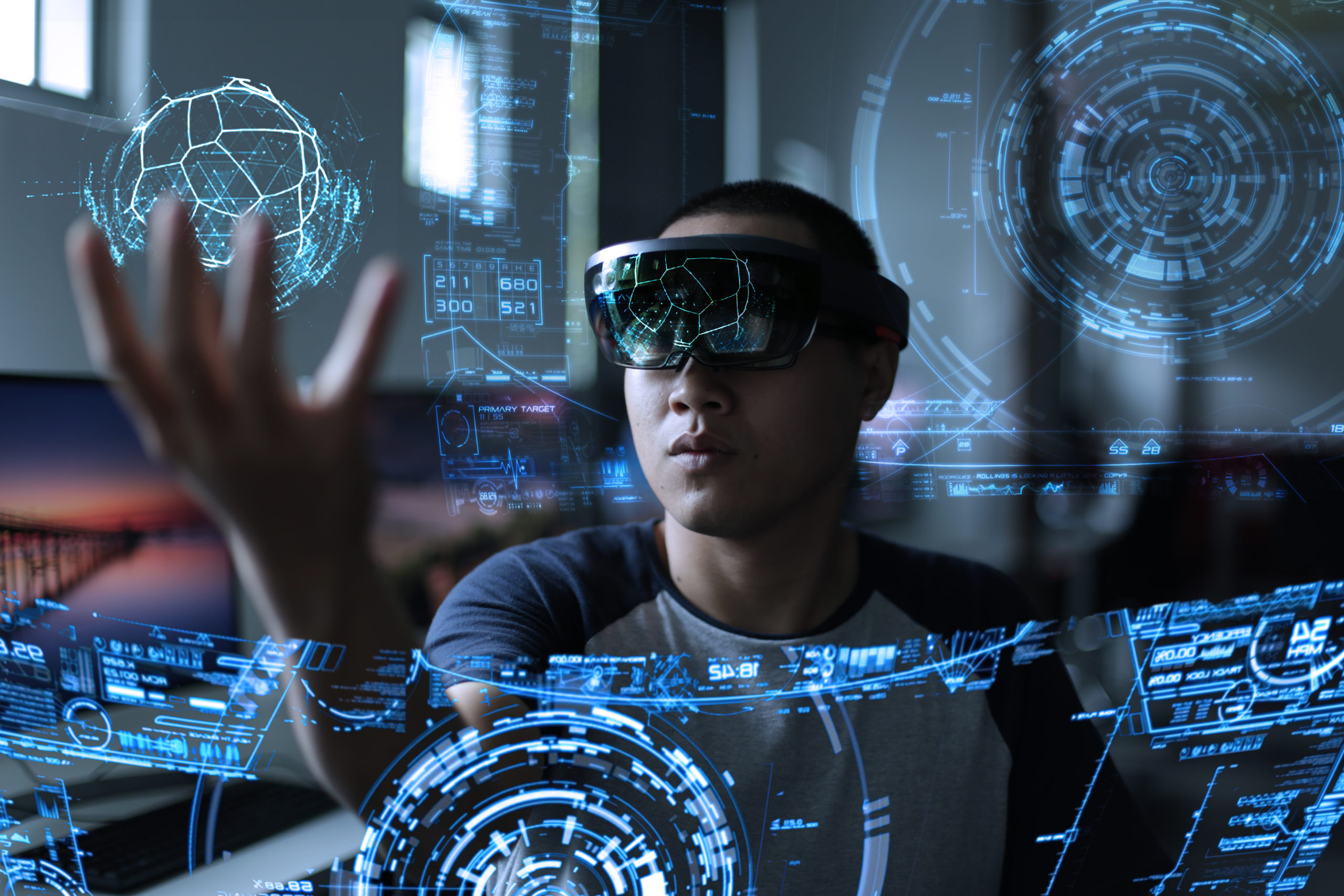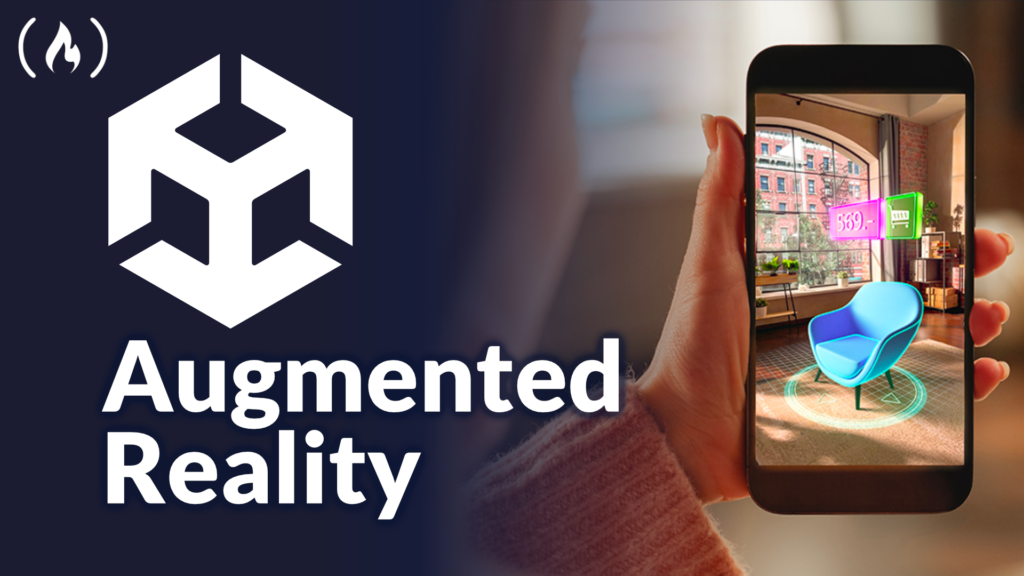The Rise of Augmented Reality in Digital Marketing
In the dynamic landscape of digital marketing, staying ahead of the curve is essential for brands looking to capture the attention of consumers in an increasingly competitive market. One technology that has been gaining traction and revolutionizing the way brands engage with their audience is augmented reality (AR). Augmented reality blends the virtual world with the real world, creating immersive and interactive experiences that captivate and engage users like never before. In this article, we delve into the rise of augmented reality in digital marketing and explore its potential to transform the way brands connect with their customers.
Understanding Augmented Reality
Augmented reality (AR) is a technology that overlays digital content, such as images, videos, or 3D models, onto the real world, typically viewed through a smartphone, tablet, or AR-enabled device. Unlike virtual reality (VR), which immerses users in a completely virtual environment, AR enhances the real-world environment by adding digital elements, enhancing the user’s perception and interaction with their surroundings. AR experiences can range from simple overlays to complex interactive simulations, offering endless possibilities for creativity and engagement.
The digital marketing landscape is constantly evolving, and with it, innovative technologies emerge to redefine customer engagement. One such technology is Augmented Reality (AR), which is rapidly transforming the way we interact with the world around us. AR superimposes computer-generated content onto the real world, viewed through a smartphone or tablet camera.
Imagine virtually trying on a pair of sunglasses before purchasing them, or viewing 3D furniture models placed directly in your living room to see how they would look. These are just a few examples of the exciting possibilities that AR presents for digital marketing.

Enhancing User Engagement
One of the key benefits of augmented reality in digital marketing is its ability to enhance user engagement and create memorable brand experiences. By leveraging AR technology, brands can offer immersive and interactive experiences that capture the attention and imagination of their audience. Whether it’s trying on virtual clothing, visualizing furniture in a room, or exploring 3D product models, AR allows users to engage with brands in a more meaningful and interactive way, leading to increased brand awareness, loyalty, and advocacy.
Driving Brand Differentiation
In today’s crowded marketplace, brands are constantly seeking ways to stand out and differentiate themselves from competitors. Augmented reality offers a unique opportunity for brands to differentiate themselves by offering innovative and memorable experiences that leave a lasting impression on users. Brands that embrace AR technology can showcase their products or services in new and creative ways, allowing users to interact with and experience them in ways that were previously impossible. This differentiation can help brands attract attention, generate buzz, and distinguish themselves as leaders in their industry.
Boosting Sales and Conversions
Augmented reality has the potential to drive sales and conversions by offering users a more immersive and interactive shopping experience. By allowing users to visualize products in their real-world environment before making a purchase, AR can reduce uncertainty and hesitation, leading to increased confidence and purchase intent. Studies have shown that AR can significantly increase conversion rates and decrease product returns by providing users with a more accurate representation of products and helping them make informed purchasing decisions.
Enhancing Brand Storytelling
Storytelling is an essential component of effective marketing, allowing brands to connect with their audience on an emotional level and communicate their values, mission, and vision. Augmented reality offers new opportunities for brands to tell compelling stories and engage users in immersive narratives. Whether it’s bringing historical events to life, showcasing behind-the-scenes footage, or creating interactive experiences that transport users to new worlds, AR enables brands to create memorable and impactful storytelling experiences that resonate with their audience.
Measuring Performance and ROI
As with any marketing initiative, measuring the performance and ROI of augmented reality campaigns is essential for evaluating their effectiveness and optimizing future efforts. Key metrics to track include user engagement, interaction rates, time spent, conversion rates, and overall ROI. By leveraging analytics tools and tracking technologies, brands can gain valuable insights into how users are interacting with their AR experiences, identify areas for improvement, and make data-driven decisions to optimize their campaigns for better results.
In conclusion, the rise of augmented reality in digital marketing represents a significant opportunity for brands to create immersive, interactive, and memorable experiences that captivate and engage their audience. By embracing AR technology, brands can differentiate themselves, drive user engagement, boost sales and conversions, enhance brand storytelling, and ultimately, achieve their marketing objectives. As AR technology continues to evolve and become more accessible, the possibilities for innovative and impactful marketing experiences are limitless.

